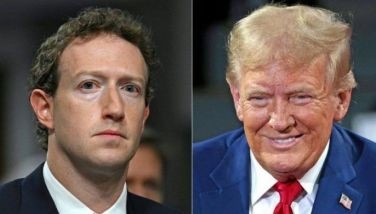Gov’t to hike infra spending to over 5% of GDP
MANILA, Philippines - The country will increase its infrastructure spending to over five percent of gross domestic product (GDP) by 2016, according to the country’s leading economic planning czar.
Speaking during a session of the First High-Level Meeting of the Global Partnership for Effective Development Cooperation in Mexico City, Economic Planning Secretary Arsenio M. Balisacan said that the Philippines would increase social and infrastructure spending to increase productivity while reducing poverty.
Balisacan told the international forum that the strategy is part of the Philippine Development Plan (PDP) 2011-2016 Midterm Update.
“These are channeled specifically to projects that benefit the poor, such as construction and rehabilitation of roads and bridges, enhancement of tourism access, and irrigation to support the agriculture sector,†he added.
Higher infrastructure spending is expected to reach five percent of GDP by 2016 as outlined in the Updated PDP.
The Philippine government embarked on a series of reforms in the fiscal sector and in governance to mobilize domestic resources. These would help meet the country’s spending priorities in social development, infrastructure, and especially developing resilience against natural shocks.
Recent reforms of the Philippine government include policies and programs that aim to widen the tax base, prosecute and jail tax evaders, raise taxes on “sin†products, and eliminate corruption.
So far, it has resulted in a wider fiscal space that provided enough flexibility to sustain the momentum of increased spending and improved budget allocation.
In turn, these allowed the expansion and improvement of investments in health, education, social protection, and infrastructure.
Balisacan likewise highlighted critical factors that successfully link resource mobilization with public expenditure needs in the Philippines.
The high-level meeting brought together over 1,500 participants, including heads of states, ministers, parliamentarians and leaders from international organizations, businesses, civil society and foundations.
- Latest
- Trending































